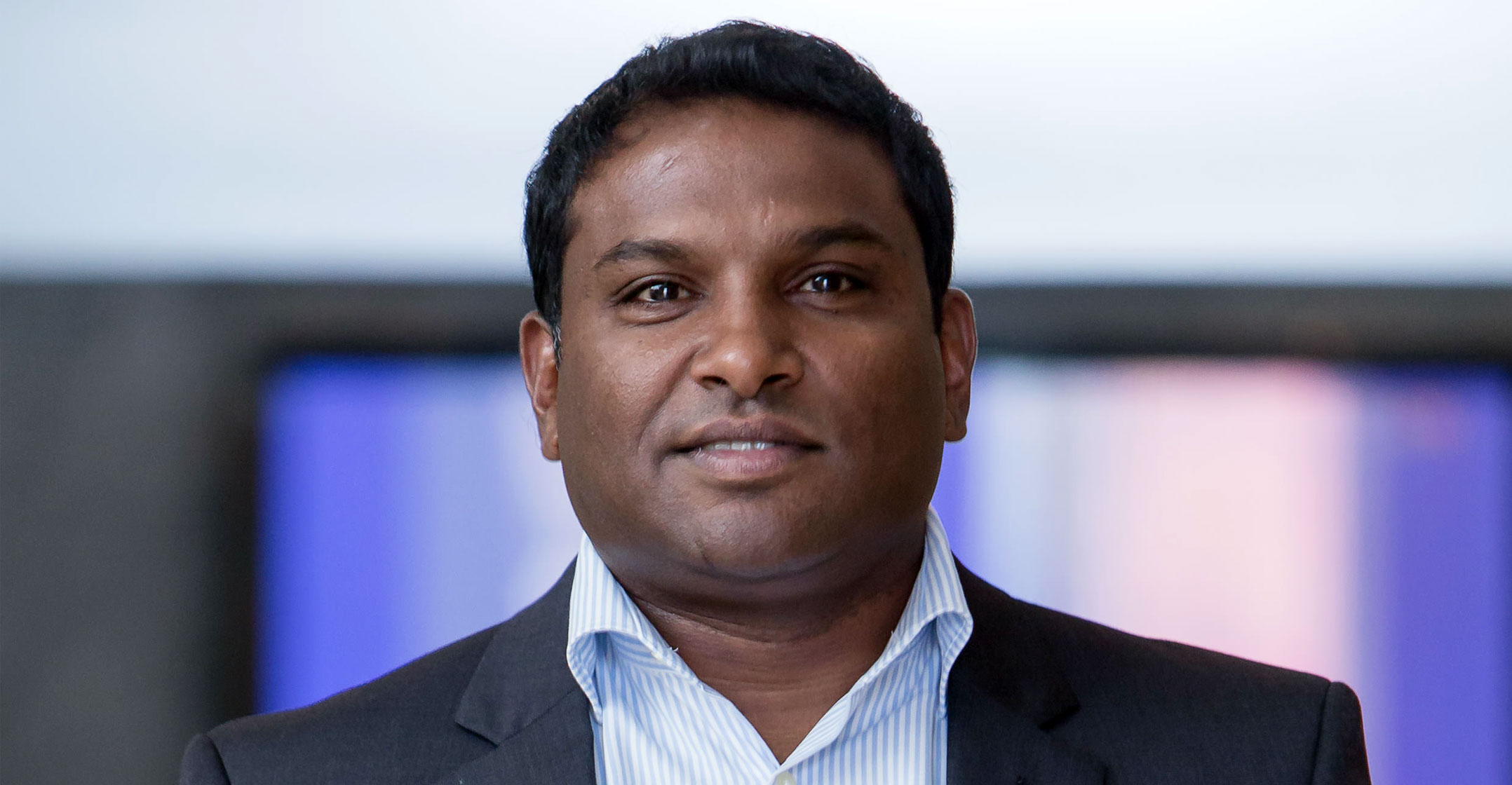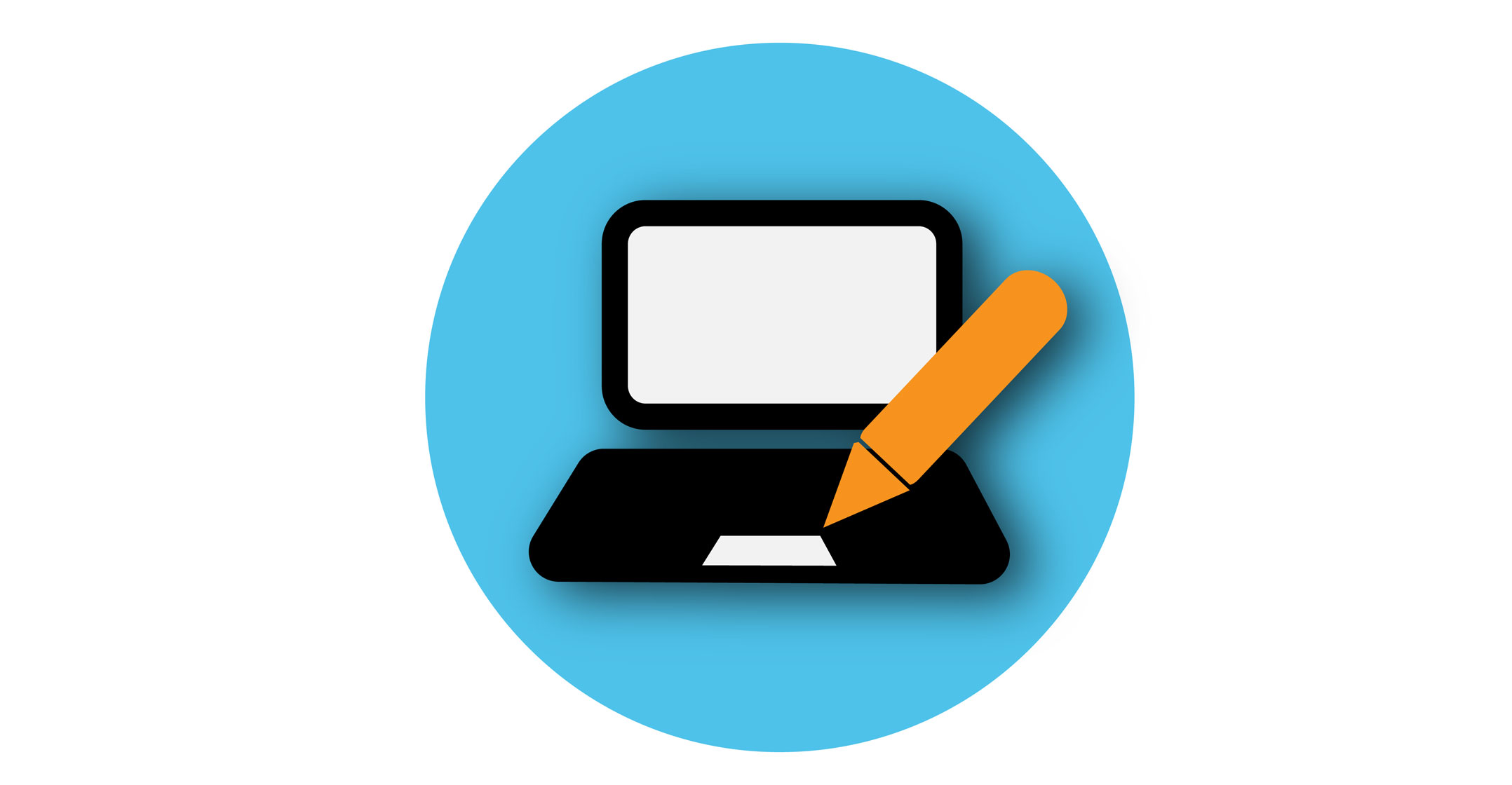
Having adequate levels of education and digitals skills capacity and capability is pivotal in ensuring that South Africa maximises the benefits of the so-called fourth Industrial Revolution. However, this is a big challenge that South Africa faces while trying to meet the educational needs of its growing population. The challenge is made worse by the living conditions of most of the population in rural areas who live in poverty, which often determines their access to quality education. Technology, and more specifically always-on, reliable connectivity, presents a compelling solution.
The latest School Monitoring Survey from the department of basic education highlights issues such as a high number of vacant teacher posts and the availability of adequate teacher skills for science, technology, engineering and mathematics (the Stem subjects). Implementing alternative models to address this capacity deficit is, however, not an option. Current and emerging digital technologies will have to take a more prominent role on the strategic road map of primary and secondary education.
The Microsoft and McKinsey and Company report, “The Class of 2030 and Life-Ready Larning: The Technology Imperative”, groups education technologies into three broad categories: collaboration platforms, AI, and augmented or virtual reality. While the emphasis of the report is on addressing the quality of education in poorer schools, these technologies can extend and increase education and learning capacity, and with scale, reduce the overall cost of delivering these services to learners in the entire education system.
Collaborative platforms connect teachers and students from different locations together to teach and learn, whether in a classroom setting or at home. In the US, Netflix has, for example, developed a series of curriculum-based science, maths and history programmes specifically to support and enhance learning in the classroom — and to support home schoolers. Platforms such as Slack for Education also offer online communities where teachers can get support and resources to enhance their teaching. Task and lesson planning apps help teachers prepare and organise. They also enable co-working and learning among pupils and enable parent participation.
Immersive experiences
Immersive learning experiences include online resources, such as game-based programmes, that simply make learning more fun and engaging, creating better and more enriching learning interventions. Other more advanced technologies offer VR experiences. Imagine creating a whole science lab where pupils can carry out experiments, especially if their schools don’t have the facilities or supplies. And what could be a more powerful teaching tool than an immersive programme that is so realistic that it evokes an emotional response.
One of the things that AI and machine learning tackles is the shortage of teachers. In their paper, “Why Not Robot Teachers: Artificial Intelligence for Addressing Teacher Shortage”, two professors from the University of West London describe the issue of global teacher shortage as “a grave one that has serious implications for the future of education”. An AI-based teaching solution could function as a tutor for learners that need additional educational support. It can also automate time-consuming tasks, such as marking and grading, which would leave more time for teachers to focus on other aspects of teaching — to the benefit of learners — with personalised and adaptive programs that use AI and machine learning to cater to specific learner needs and each individual’s learning pace.
 Perhaps the most compelling advantage of using these digital technologies is its flexibility. Educational content can be adapted to suit the language, devices and network capabilities of end users. This helps to deliver and assess the learning more effectively and efficiently. Existing content that is available globally can be re-purposed to suit the requirements of local curriculum standards. This can fast-track the implementation of policy decisions such as introducing coding and robotics into South Africa’s national school curriculum. Introducing technology to schools not only aids teaching and learning but also equips learners to function in a technology-driven work world.
Perhaps the most compelling advantage of using these digital technologies is its flexibility. Educational content can be adapted to suit the language, devices and network capabilities of end users. This helps to deliver and assess the learning more effectively and efficiently. Existing content that is available globally can be re-purposed to suit the requirements of local curriculum standards. This can fast-track the implementation of policy decisions such as introducing coding and robotics into South Africa’s national school curriculum. Introducing technology to schools not only aids teaching and learning but also equips learners to function in a technology-driven work world.
Always-available, reliable connectivity is a foundational component in leveraging digital technologies for education. The aim is to level the education playing field by making sure that every child is well taught; laying the groundwork for this connectivity will need significant investment. It will take great effort to make it available to every school. Fibre, or fibre-supported technologies such as high-quality Wi-Fi, is widely accepted to be the best mediums for this kind of connectivity. In March 2018, according to information provided by the National Education Infrastructure Management System, more than 9 000 primary schools and over 5 000 high schools in South Africa were still without Internet connectivity. This will need to be addressed soon to ensure that our young people don’t fall further behind.
Getting connectivity to schools is a priority, and DFA, through its wholesale, open-access fibre model, is playing a role in making its fibre network available for the roll-out of the SA Connect initiatives that are aimed at connecting a range of government institutions, including schools. We, and many others in the industry, are rolling out or planning to roll out some form of programme to ensure that underprivileged schools have access to high-quality connectivity. A number of schools are already on our network, and through our CIVH group as well as other wholesale clients, we aim to increase this number in future.
Governments around the world, including South Africa, have put 4IR at the top of their agendas and are making significant investments into technology-enabled solutions to societal issues, including education. The joint and collaborative efforts of all telecommunications providers and ecosystem participants will go a long way toward providing these solutions and creating tomorrow’s technology- and 4IR-enabled workforce.
- Vino Govender is executive for strategy, mergers and acquisitions, and innovation at DFA




